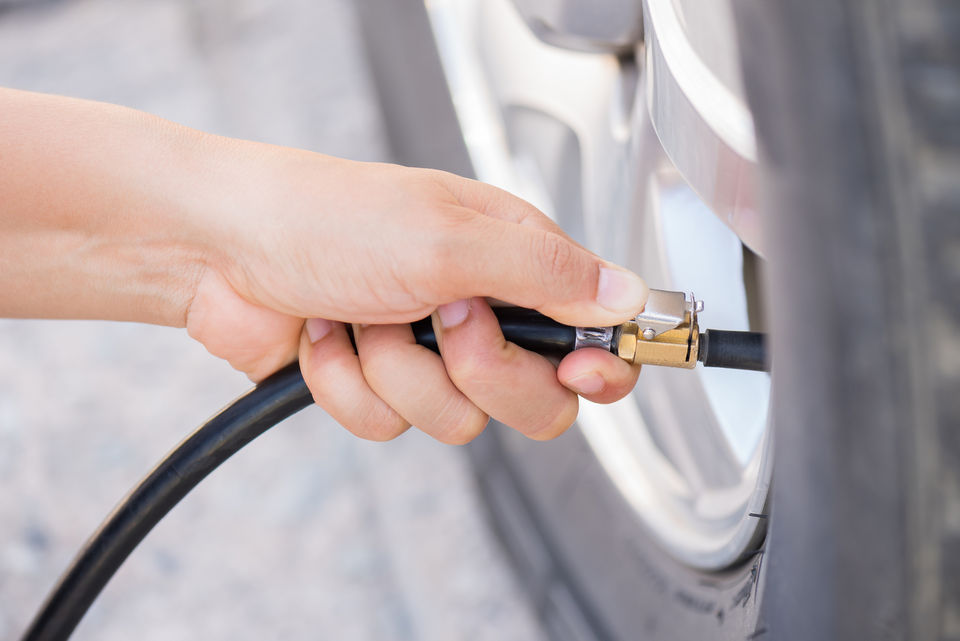
Overinflated Tyres - Are They An Issue? What Can Go Wrong?
Are your tyres properly inflated? Do you follow the recommended tyre pressure when inflating your tyres?
While it may seem like a harmless thing to do, there are actually a number of issues that can arise when your tyres are overinflated.
Let’s take a look at the risks associated with overinflated tyres and how you can avoid this issue.
The Dangers Of Overinflated Tyres
Reduced Contact Patch
When your tyres are overinflated, they tend to bulge out in the centre. This reduces the contact patch, the area of the tyre that touches the road.
A smaller contact patch means less grip on the road, increasing the risk of skidding or losing control of your vehicle.
Uneven Tread Wear
Overinflated tyres can wear unevenly, primarily in the centre. This can lead to premature and irregular tread wear, reducing the lifespan of your tyres.
As a result, you’ll find yourself replacing them more often, which can be costly.
Harsh Ride And Reduced Comfort
Overinflated tyres can make your ride feel much harsher than necessary.
Your car will transmit more road shocks and vibrations to you and your passengers, resulting in a less comfortable driving experience.
Increased Risk Of Blowouts
Perhaps the most concerning issue with overinflated tyres is the increased risk of blowouts.
The excess pressure puts extra strain on the tyre walls, making them more prone to bursting, especially when driving over potholes or rough terrain.
Correcting Overinflated Tyres
Determine the recommended tyre pressure
You can find the recommended tyre pressure specific to your vehicle in your car’s owner’s manual or on a label typically located on the driver’s side doorjamb.
Take note of the different pressures recommended for different loads, and for hot/cold tyres.
Release excess air
When dealing with overinflated tyres, use a tyre pressure gauge to measure the current pressure.
Gradually release air from the tyres until you reach the recommended pressure level. You can do this at most petrol stations in Australia.
Monitor tyre pressure
Make it a routine to regularly check your tyre pressure to ensure it stays at the recommended level.
Proper tyre inflation not only enhances fuel efficiency but also contributes to better handling and overall safety.
How To Avoid Overinflated Tyres
Regular Tyre Pressure Checks
Invest in a quality tyre pressure gauge and check your tyre pressure regularly, ideally at least once a month. Ensure you measure all four tyres, including the spare.
Alternatively, check your tyre pressure at the petrol station after filling your tank.
Maintain The Right Pressure
Be diligent in maintaining the correct tyre pressure as indicated in your vehicle’s manual. Pay special attention to pressure fluctuations during extreme temperature changes.
Conclusion
Driving on overinflated tyres is a hazard that can lead to reduced safety and performance.
By understanding the issues related to it, you can ensure a safer and more enjoyable driving experience.
Drive responsibly and prioritise your vehicle’s maintenance for a worry-free journey.

Louis
I'm Louis, an engineer passionate about helping Australians choose better tyres for their vehicles!
